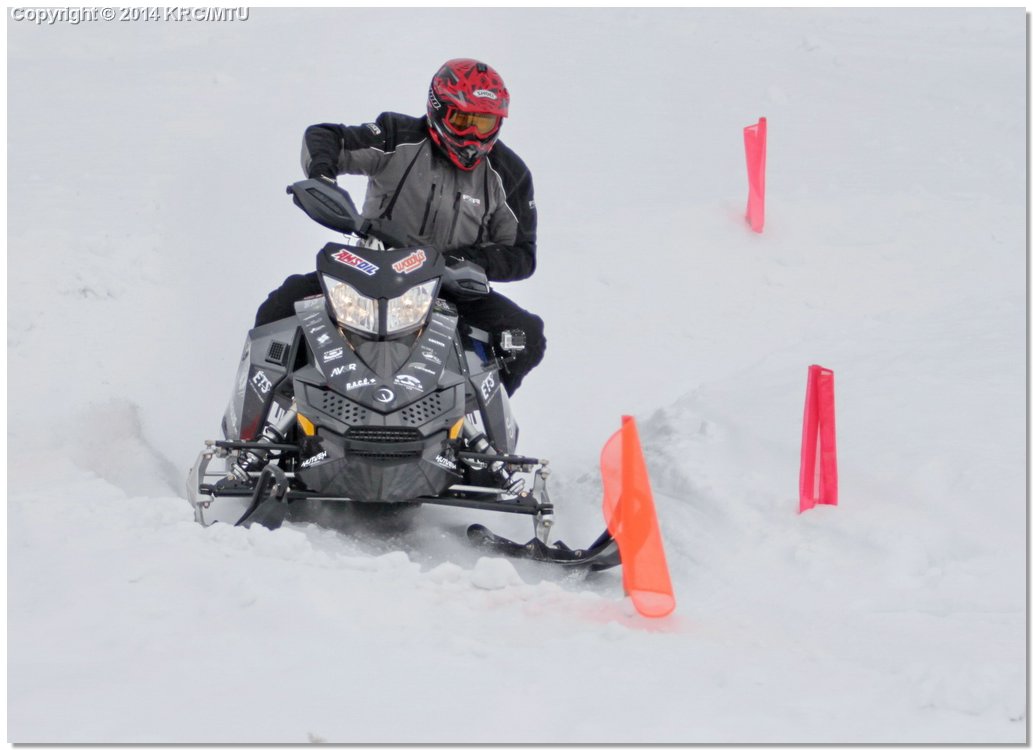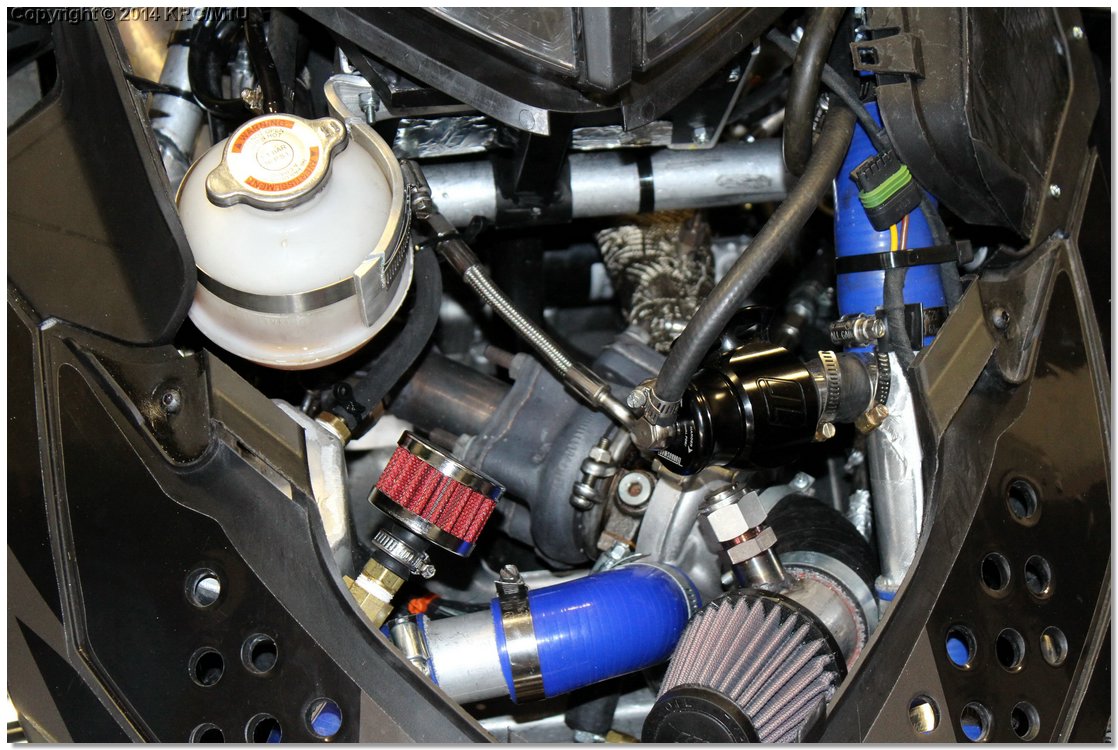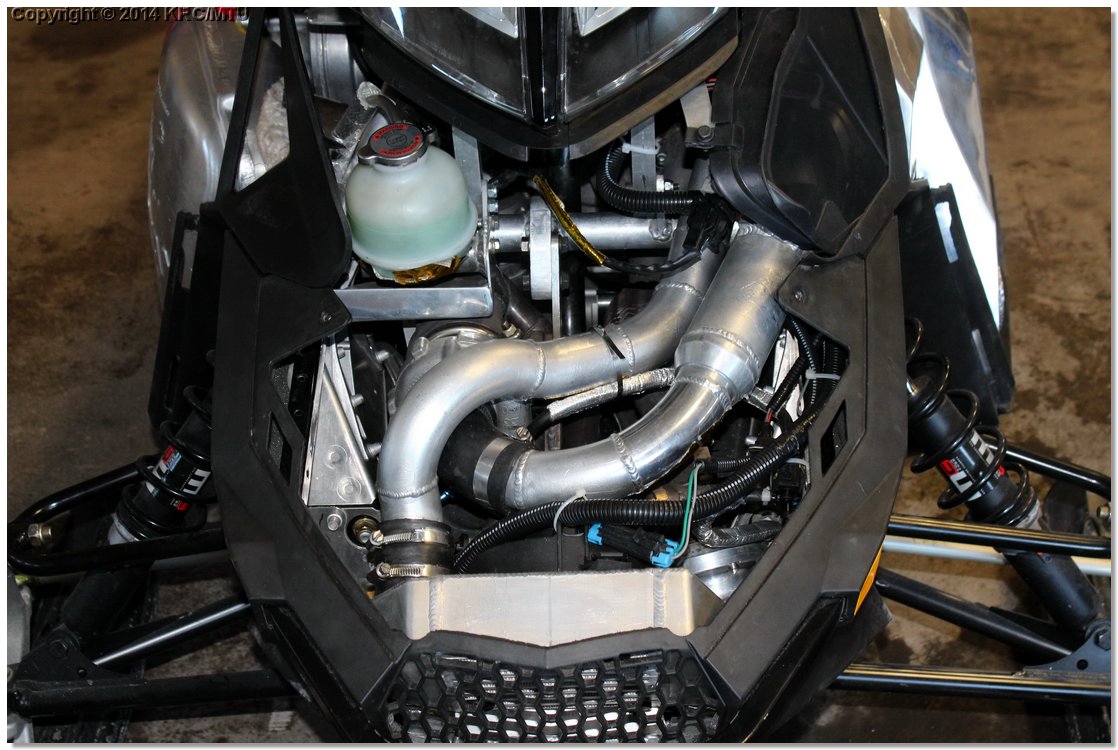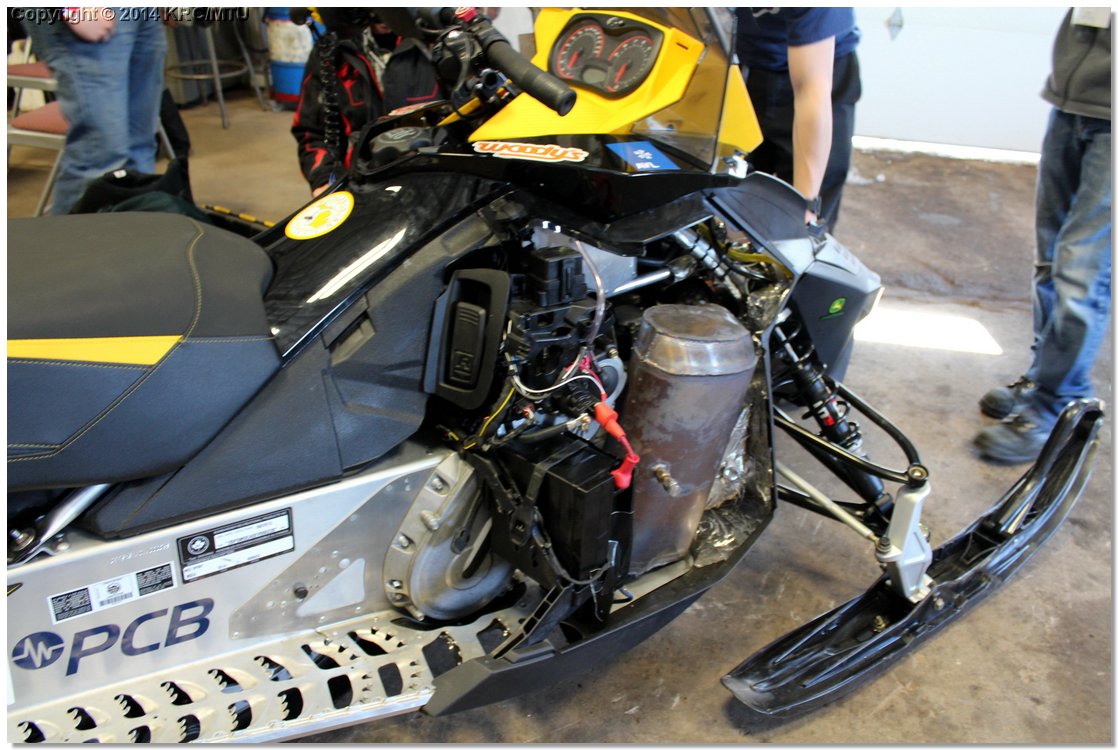1100C EGTs shouldn't exist on any engine, not just turbo engines.
I don't think that allowing the throttle to move for forced induction engines is a sudden reason for teams to turbocharge. As is, you can build a very good turbocharged powertrain with the throttle upstream of the restrictor. It's not a huge thing turning the vast majority of teams away from turbochargers, you can get over the transient issues with good controls. Moving the throttle helps teams get over the compressor vacuum and some transient issues that turbos see, and lets teams put the throttle in the industry-standard location for turbocharged engines.
Moving the throttle is a little help to turbo teams but in no way requires that a good team turbocharges to stay competitive.

|
|



 Reply With Quote
Reply With Quote
 Oh, and the GT12 is too big for FSAE engines.
Oh, and the GT12 is too big for FSAE engines.




